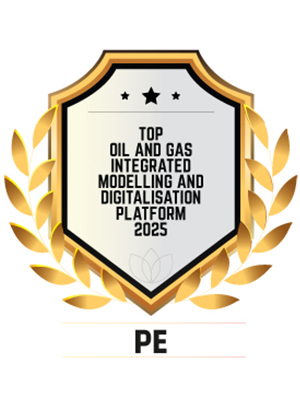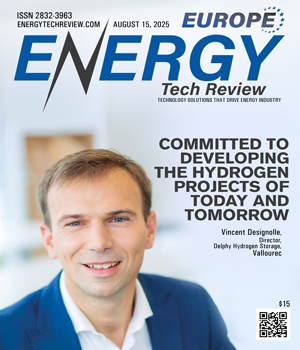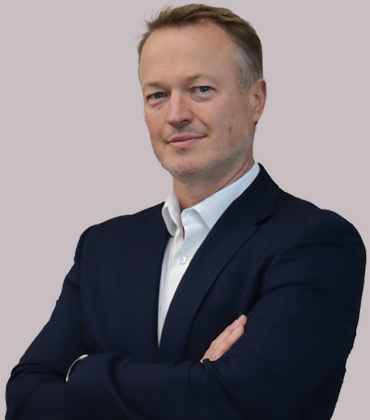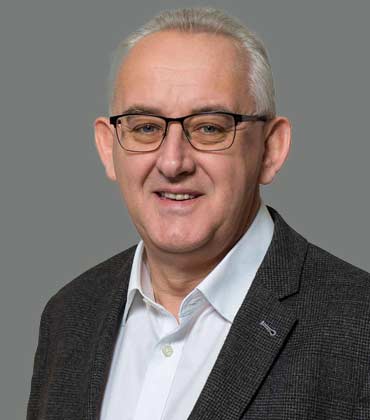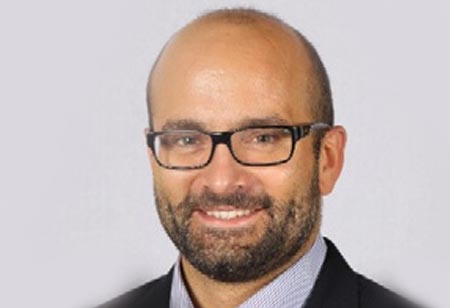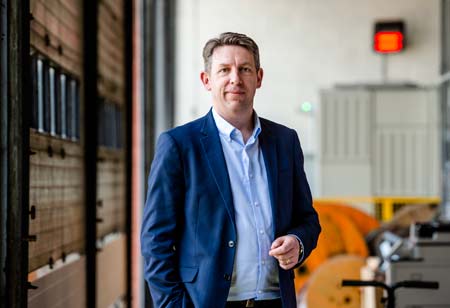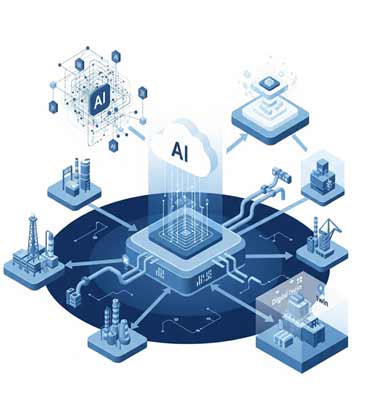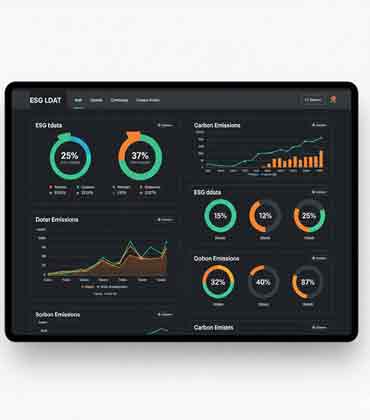Already well established in industrial uses, hydrogen is now angling to conquer hard-to-decarbonize sectors like heavy transport and energy-intensive industries. To ensure its success, infrastructure at a large scale will be needed to support hydrogen’s growth—a gargantuan undertaking that Vallourec is well placed to support, with solutions for large-scale underground storage, pipeline transportation, high-pressure stationary storage, and distribution in refueling stations. To support the emergence of these applications, specific challenges linked to the very nature of the hydrogen molecule need to be tackled. This calls for the adaptation of solutions already validated for other markets, such as oil and gas equivalent applications. With existing standards not fully applicable, it is necessary to devise new testing and qualification protocols and prepare the normative environment of tomorrow, thus helping all stakeholders on the market. Moreover, low-carbon hydrogen still needs
Top Oil And Gas Integrated Modelling and Digitalisation Platform in Europe 2025
Maximising hydrocarbon recovery in a clean, efficient and economical manner within the upstream oil and gas sector is non-negotiable. It demands a unified, physics-based system built for end-to-end lifecycle integration—where PE (Petex) has set the benchmark. At the core of its offering are the IPM and DOF platforms, enabling operators to model, monitor and optimise performance across the entire production lifecycle. Its 18 world-class modelling tools are designed to interoperate seamlessly, grounded in shared physics, consistent data assumptions and unified architecture. This allows production teams to precisely manage a hydrocarbon molecule’s journey from reservoir to export. That journey begins with geological modelling using MOVE, which incorporates well logs and seismic data to validate and model the subsurface structures which have generated, stored and trapped the hydrocarbons. This end to end system requires fluid flow one end to the other. PVTp used to ensure that the fluid properties are accurately represented at each condition throughout its journey. MBAL then supports material balance calculations for understanding hydrocarbons in place, aquifer drive and depletion, while REVEAL, PE’s full field, fully thermal integrated reservoir simulator, combines traditional reservoir modelling and specialised reservoir studies. When production starts, PROSPER models the wells and GAP/GAP Transient handles the surface network, flow and optimisation. RESOLVE enhances this end-to-end modelling, enabling integration of third-party software into the ecosystem. Once production is underway, the DOF platform connects real-time sensor data with these physics-based models to drive automated visualisation and operational workflows. “The strength of our suite lies in how each tool seamlessly integrates, built on a foundation of consistent data and physics. This results in a system that mirrors the evolving behaviour of the reservoir in real-time,” says Greg Grimshaw, CEO of PE. Adaptability in Action The strength of PE’s IPM and DOF platforms lies in their flexibility to handle the diverse and complex realities of oil and gas operations, from deepwater assets in Brazil to high-pressure gas fields in Southeast Asia and shale plays in North America. The tools are engineered to tackle challenges through geographic customisation and robust configurability that adapts to each reservoir’s unique conditions..
Solar Pv Energy Company
Brand trust grows when companies focus on consumer interests. This is testified by AEG, a globally renowned power supply and energy conversion systems developer, at the helm of consumer needs with the help of its partners – among whom Solar Solutions Group stands out. “We address solar market complexity by aligning with trusted names. This sets new standards of consumer trust and excellence in renewable energy,” says Stuart Brannigan, business development director at Solar Solutions. Since 2015, Solar Solutions has helped global customers meet sustainability goals. With a team boasting over 30 years of solar industry experience and collaborations in 30-plus countries, it provides high-quality solar panels, inverters, and energy storage solutions. These offerings align AEG and Electrolux brands under license from AB Electrolux, harmonizing their legacies. While AEG is pivotal in consistently innovating products and providing comprehensive, 360-degree clean energy solutions globally, Electrolux enhances quality of life through forward-thinking, human-centric, and sustainable solutions. Solar Solutions’ strategic emphasis is primarily on the residential and small commercial sectors. This reflects a conscious choice to prioritize quality and brand recognition over largescale, cost-driven projects. By avoiding large-scale solar farms where price is paramount, it caters to a market segment that values brand trust, ensuring its products appeal to consumers looking for reliability and aesthetics in their solar energy solutions.
Lithium-Ion Battery Separator Film Solution
The applications for high-powered lithium-ion cells are on the rise, increasing the emphasis on their safety and reliability. One of the most crucial components contributing to their safety is the cell separator, a thin, porous membrane that facilitates ion transport between the anode and cathode while preventing short circuits and overheating. The quality and design of these separators are imperative to a battery’s capacity and life cycle and are integral to its overall safety profile. In this context, partnering with experts in separator design becomes indispensable for businesses navigating the evolving landscape of lithium-ion technology. Senior Material (Europe) AB is a prominent supplier of separator films in the lithium-ion battery sector, known for its advanced technology that guarantees a secure and dependable energy flow within batteries. It has the ability to manufacture the finest separator film, with a thickness of 5 micrometers in mass production, as well as a single ultra-thin coating layer down to 0.5 micrometers. Senior Material (Europe) AB works closely with its customers to create innovative solutions, processes, and materials that push the boundaries within battery lifetime, safety, and reliability. “We are dedicated to establishing a strong local base, using our expertise and technological know-how to provide the finest separator film to an expanding network of European and global battery manufacturers rapidly and on a large scale,” says Jason Hai, CEO of Senior Material (Europe) AB. The company’s product portfolio consists of three types of separator films—dry separators, wet separators, and coated separators. For the dry-process separators, polymers are melted and unidirectionally stretched. This method is cost-effective and allows for customization options while also providing high mechanical strength. In addition, the pore structure of separators produced through this process is more uniform than those produced through the wet process. Wet-process separator films undergo stretching in two directions, yielding excellent mechanical strength and low resistance. These membranes enhance energy density, strength, and safety in lithium-ion batteries. The coated separator films, whether dry or wet processed, may incorporate one or more coated layers to enhance functionality, addressing specific customer needs for heat resistance, long-term cyclability, and safety. The technology employed in these films guarantees thermal stability and minimizes self-discharge, thus meeting various manufacturing demands and achieving the desired performance of batteries.
CXO INSIGHTS
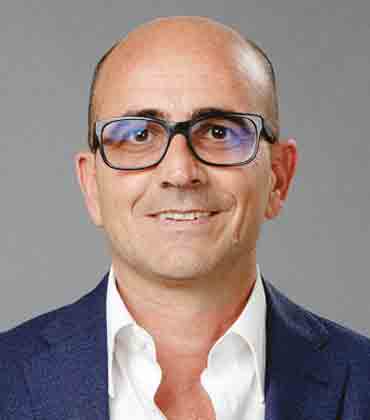
Agile & fail-fast way of working set up
Marco Barra Caracciolo, Chairman and CEO, Italgas

Moving toward Sustainable Energy Storage Systems
Joao Amaral, Chief Technology Officer, & Country Manager Portugal, Voltalia[EPA: VLTSA]
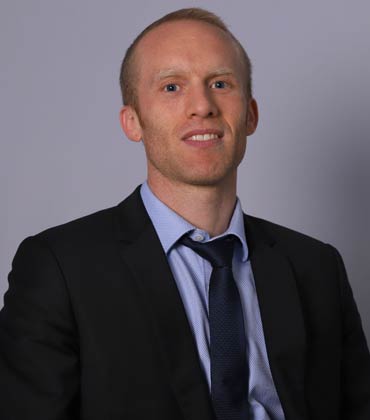
The floating offshore Wind industry is Advancing with Confidence
Jonathan Boutrot, Global Market Leader - Marine Renewable Energies, Bureau Veritas Group

Navigation the Winds of Change: Quality Challenges and Solutions in the Expanding Wind Energy Sector
Thomas Benjamin Tackie, Vice President, Global Head of Service Quality, Vestas
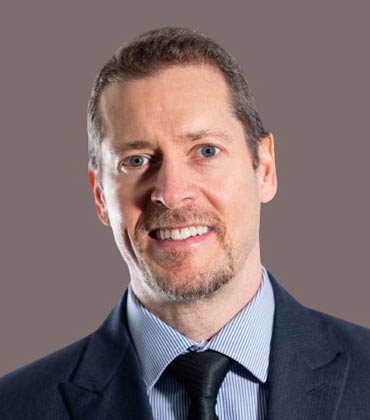
What Should the UK do to Maintain the Momentum Achieved as a Global Leader Delivering Net Zero?
Marcos Matijasevich, Head of Low Carbon Transition, Essar Oil (UK)
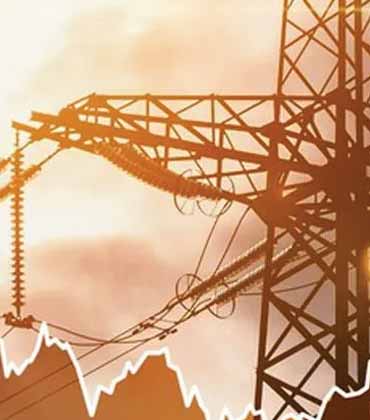
Scaling up in the Energy Sector: Challenges and Opportunities Ahead
Mark Schaefer, Senior Program Manager Digitalization, Siemens Energy
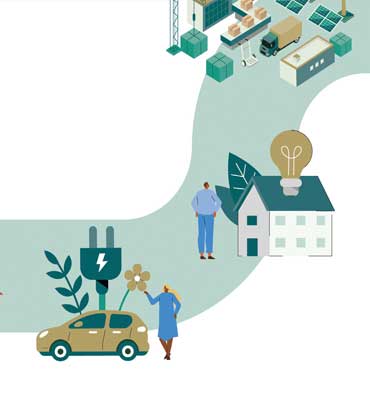
Leading Innovation in Renewable Energy
Alexander Vogt, Head of Metering Services, LichtBlick SE
IN FOCUS
Driving Operational Excellence in European Oil & Gas
The European oil and gas sector is transforming through integrated modelling and digitalisation, enhancing efficiency, safety, and decision-making with advanced technologies and real-time data.
The Role of Integrated Platforms in Carbon Footprint Management in Europe
The European oil and gas sector is facing increased scrutiny of its ESG performance, necessitating the development of integrated platforms for effective carbon management amid regulatory pressures and investor demands.
EDITORIAL
Digital Foundations for a Connected Oil and Gas Industry
As operational demands grow more complex and interconnected, oil and gas companies are turning to digital solutions to enhance decision-making and performance. Central to this shift is the adoption of integrated modelling and digitalisation platforms, solutions that are reshaping the way companies plan, operate and optimise assets across the value chain. Historically, core functions such as exploration, reservoir management, drilling, and production have operated in relative isolation. This fragmented approach often led to inefficiencies, delays in decision-making and missed opportunities for optimisation. Integrated platforms offer a strategic alternative, enabling a unified view of subsurface and surface operations through a collaborative digital environment. By consolidating data and workflows from multiple disciplines, these platforms provide a continuous and consistent understanding of asset performance throughout its lifecycle. Engineers, geoscientists and business analysts can now evaluate scenarios, predict outcomes and make informed decisions with greater confidence and speed. The result is a more coordinated approach to development planning, operational execution, and long-term asset management. The benefits of such digitalisation extend beyond improved efficiency. In a sector subject to price volatility, regulatory scrutiny and increasing pressure to decarbonise, integrated platforms equip organisations with the resilience to adapt. They support rapid response to market changes, facilitate compliance, and enable innovation in areas such as carbon management and digital twin technology. Nonetheless, the transition is not without challenges. Integrating legacy infrastructure, managing data quality, and fostering cross-functional collaboration require strategic foresight and organisational commitment. However, companies that embrace this transformation are positioning themselves not only for operational excellence but for long-term competitiveness. In this edition, we explore how industry leaders are advancing the digital transformation of oil and gas through integrated modelling and data-driven platforms. We also present insights from expert CXOs, such as Olivier Lodeho, Technology Director, Subsea 7 and Antony White, Client Delivery Manager -Central Delivery Team, UK Power Networks Services, who offer their opinions on the currently used business practices. We hope that the valuable insights from industry leaders and the solutions and services featured in this edition will help you make informed decisions for your business.


